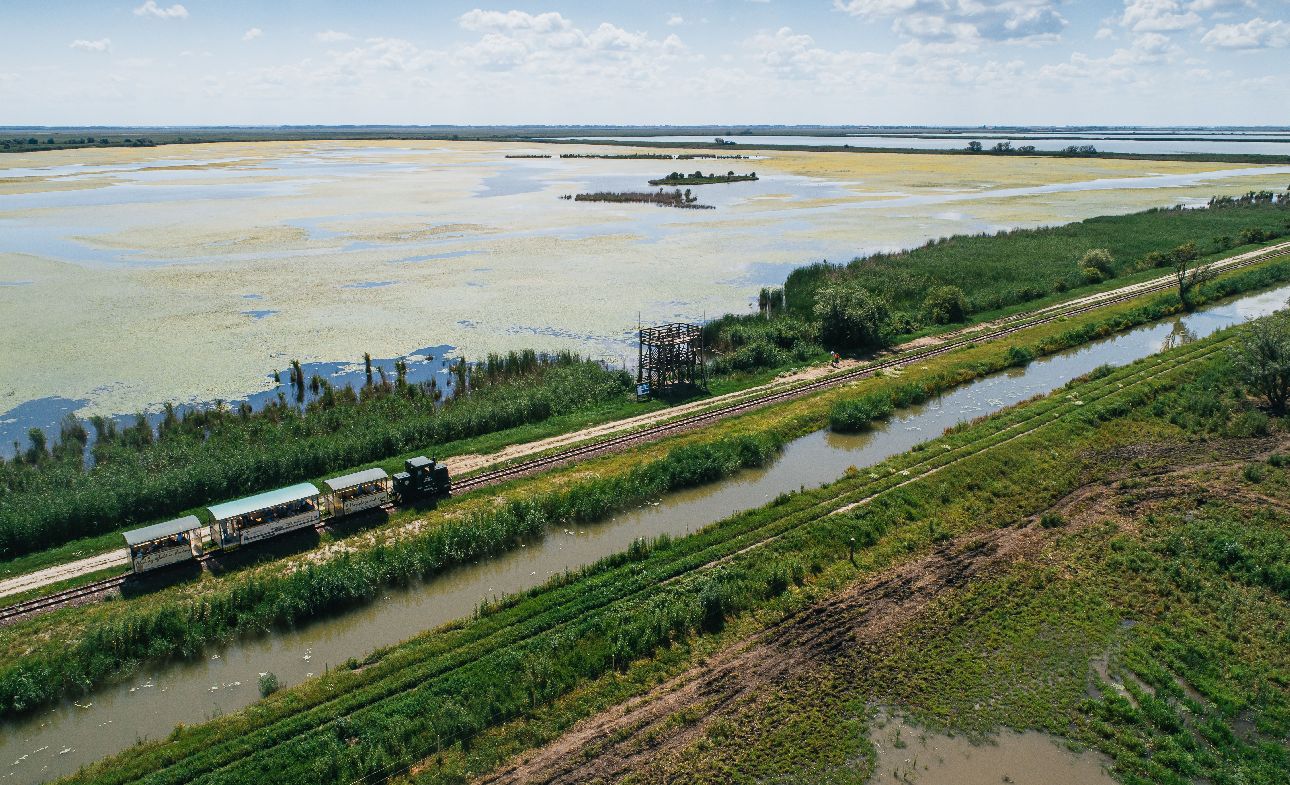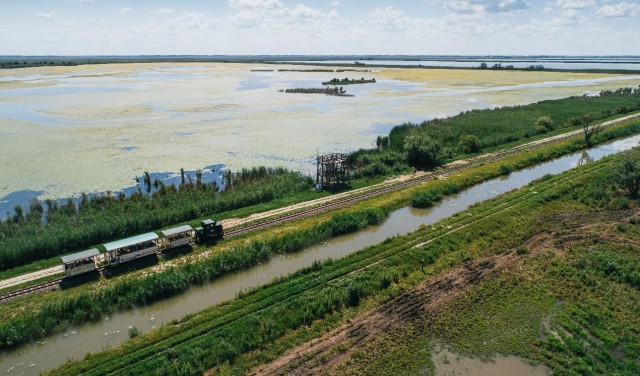Hortobagi National Park celebrates its 50th anniversary this year, which attracts nearly 200,000 tourists each year.
Hortobágy National Park (HNP) was established on January 1, 1973, at which time local nature conservation was in its infancy, but being our first national park, it also played a pioneering role by designating protected areas. Here is the nineteenth. From the end of the 20th century since the beginning of the 20th century, there have been constant transformations of the landscape, and they have tried to involve more and more areas in agricultural cultivation.They even experimented with growing dandelions of rice and rubber, which were very peculiar to the landscape,” he said, advancing our paper to the period of difficulties in the beginning Zoltan DannyHead of the Department of Ecotourism and Environmental Education at HNP.
|
Desert view |
|
Photo: HNP |
Meanwhile, it turned out that a large part of the land was unsuitable for growing any kind of vegetation, so the operation of the state’s economy had to be reconsidered. Fishing is also found within the existing nature conservation park, as planted fish ponds in place of salt marshes are habitats to this day and, although artificial, have been successful in preserving wildlife.
“There was a kind of conflict between economic interests and nature conservation, and we had to deal with that as well. For example, aquatic animal hunting, intensive animal husbandry, goose affairs, which also affected Hortobágy. Over the past decades, these things have turned into A positive trend and solutions acceptable to all have been found. explained the department head.
Tourism began at the end of the 1990s, when the impact of nature conservation measures was felt.
 |
|
Part of the national park can also be visited by mini train |
|
Photo: HNP |
The flag bird in the first Hungarian national park is the crane. From the point of view of this species, it can be said that the creation of the national park and the nature conservation work that takes place here has become a success story. Several decades ago, several hundred or thousands of individuals used to live and rest in the national park area, but their numbers have exploded in the past two decades and now they are an important gathering place and migration site in spring and autumn. This attracted those interested in ecotourism from abroad as well as from home, as HNP adapted and developed the infrastructure for the presentation. Areas and areas were designated for visitors, but they remained closed, for example the so-called core areas, where only researchers can enter, and animals and plants enjoy not being disturbed.
When asked if they were afraid of “overtourism”, Zoltán Dani said, “Obviously there is a point where you have to say no or set boundaries for further development, but at the moment, looking at the HNP as a whole, we cannot say that it has been reached.” To this point. At the same time, there are areas where we have reached a wall and it is not necessary to further develop or advertise them. And we are improving in others, and I mean not only areas, but also services. “
For example, on the small Hortobágy-Halastavi railway, depending on the technical condition of the train, the number of visitors can still be increased.
HNP plans to expand the opportunity to observe the starry sky to more guests. Another goal is that not only professional photographers can capture the migration of birds for example, but also regular guests, That is why they have a bird theater project, and if it is realized, it will be possible to follow and photograph the daily life of nature from a theatre-like design, from an enclosed space.
When it comes to presenting cultural values, they also have obligations, because the National Park is also a World Heritage Site, and the thousand-year-old pastoral animal husbandry and all its associated crafts and arts must be preserved. ! Currently, the historical restoration of the Shepherd Museum building and a complete rethinking of the content concept is underway, and the work will be completed by the end of the year according to their plans.
In the year of the 50th anniversary, all programs are adapted to the holiday, but what they are really preparing for is World Heritage Day on April 22 (in several locations). On Pentecost there will be a Goulash competition and a shepherd’s meeting, the Hortobágy International Equestrian Days will not be missed, the Crane Festival is scheduled in conjunction with a conference in October, but there are already many national thematic educational educational competitions taking place, the theme of which is the year-old national park 50 years old, and Hortobágy will be the site of some finals.
During the week of the Carnival of Flowers, in the heart of the Debrecen Forest, we are waiting for those interested in all-day programs entitled Hortobágy come home, but they will be present on Debrecen Drive, in the Campus Festival, because their goal is to build a broad relationship with the public.
As for the favorite destinations for local and foreign guests, the first place is safaris in the Hortobagi Wildlife Park, the second is the desert buggy program full of pony show, followed by train rides in Halsto and the Lake Tisza water walk, which can be reached by boat with its boardwalk and observation structures. Birds built over water from Boroszlo.
Our number of visitors is constantly growing, the facilities are visited by an average of 20-30 thousand guests per year and, depending on the entrance tickets, Hortobagy National Park attracts nearly 200 thousand tourists every year.












































